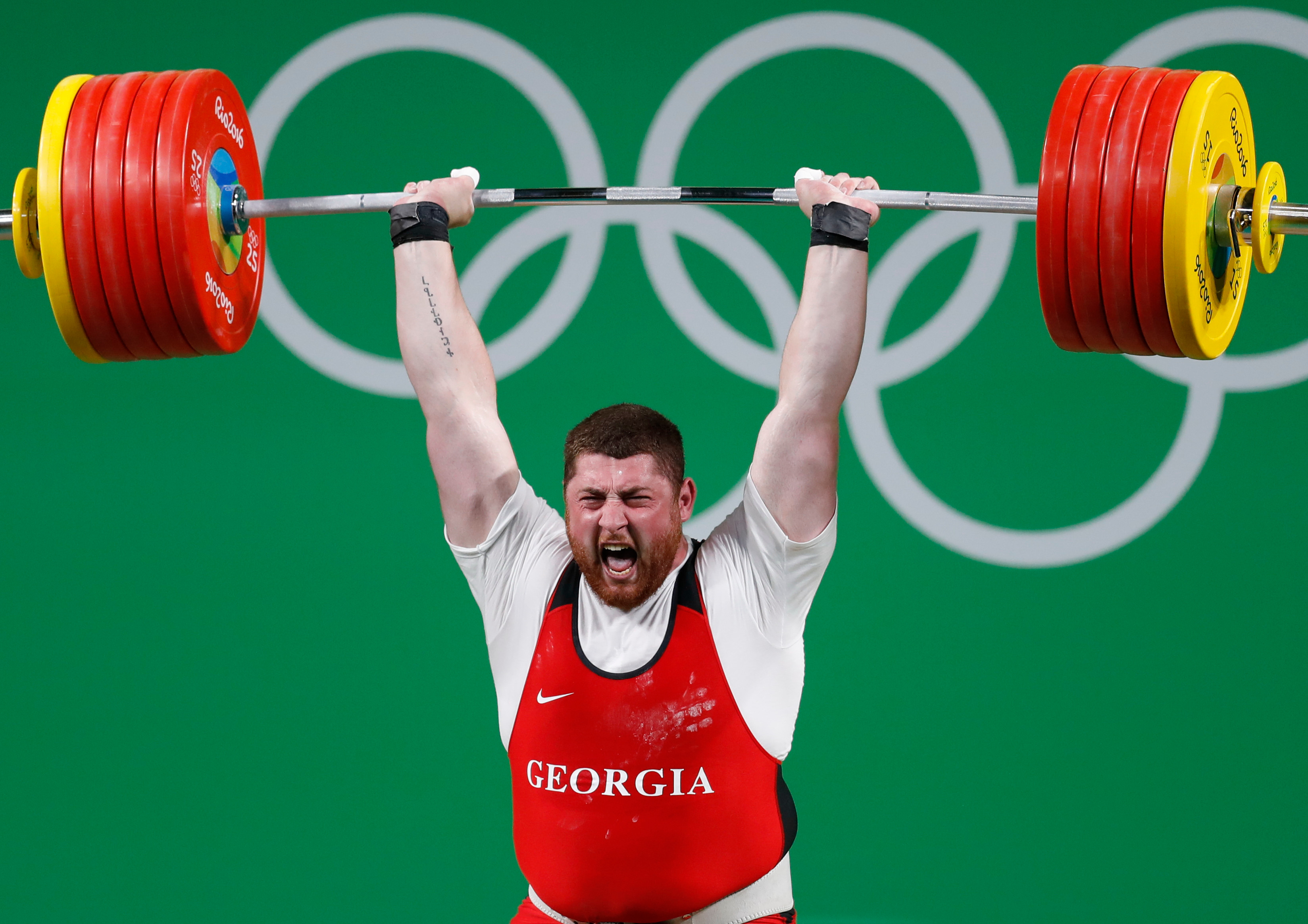Francesca Cavallo

Rio de Janeiro, Brazil was selected to host the 2016 Olympic Games, the first time the host nation has been in South America. The 2016 Olympic Games opened on the August 5 and closed on the August 21, to coincide with the start of the host country’s soccer season. These Olympic Games are the 31st edition of the Summer Olympics, and four competition zones were assigned as sporting venues: Barra, Deodoro, Maracaña, and Copacabana. Fourty-eight are track and field sports and twenty-eight the total sports; among them we have two new categories: golf and rugby sevens. 205 countries are competing for the 306 medals on offer.
In particular, weightlifting has been assigned fifteen medals: eight for the male category and seven for the female category.
During these Olympics, weightlifting has become a very controversial sport because of the prevalent doping issues involved. The Comité International Olympique (from the original French name CIO) had to ban over fourty athletes from various countries including Armenia, Ukraine, Moldova, North Korea, Cyprus, Turkey and Kazakhstan.
Unfortunately, this issue has been around for a while. At the last world championships, in 2014, there were twenty-four positive for doping tests in the first thirty positions.
A re-examination of Beijing’s 2008 and London’s 2012 Olympic weightlifting drug tests found 20 more doping-positive athletes, including four Olympic champions. The empty seats and the crowd’s displeasure, were therefore not a surprise at the current Olympics. The mistrust can be said to be warranted due to the previous examples of drug cheating.
August 16th was the last day of the Rio heavyweight competition. Georgian, Lasha Talakhadze, won the gold medal and he now holds the world and Olympic records of 473 kg, previously held by Iranian Hossein Rezazadeh since the Sydney 2000 Games. Talakhadze lifted 215 kg in the snatch and 258 kg on clean and jerk. He benefited from the disappointing performance of Behdad Salimikordasiabi, who was able to achieve the snatch world record (216 kg), but failed at 245 kg in the clean and jerk category in three attempts.
Talakhadze also beat Armenian Gor Minasyan, who lifted 451 kg in total (210 kg snatch and 241 kg on clean and jerk). In the meantime, the Georgian celebration was completed by Irakli Turmanidze who claimed the bronze medal (207 kg for snatch and 241 kg clean and jerk). In fourth position was Armenian Ruben Aleksanyan (440 kg), followed by Brazilian Fernando Saraiva Reis (435 kg) in fifth position.
Most of us are amazed by the strength and skill of weightlifters, but what exactly is weightlifting? What do they mean when they mention the snatch and the clean and jerk?
Weightlifting is a sport in which the athletes lift weights loaded on a barbell. Weightlifting competitions have been in existence since ancient times and have been a part of the modern Olympic Games since the first edition in Athens in 1896. From the 1950s to 1980s, most of the weightlifters originated from Eastern Europe, particularly from Bulgaria, Romania, Poland and the Soviet Union. Since then, weightlifters from other nations including China, Greece and Turkey have dominated the sport and the nations with the best athletes at the current Olympic Games have included those of Russian, Bulgarian and Chinese heritage. Female weightlifting started to spread in the 1980s and was added to the Olympic program in the year 2000.
Right now there are two types of weightlifting:
- Snatch: In this category, athletes have to lift the barbell from the ground to overhead in one motion. There are four main styles: squat snatch, split snatch, power snatch and muscle snatch. The squat snatch and split snatch are the most common styles used in competition while power snatch and muscle snatch are mostly used for training purposes.
- Clean and Jerk: During the clean, the lifter moves the barbell from the floor to a racked position across the deltoids and clavicles. During the jerk, the lifter raises the barbell to a stationary position above the head, finishing with straight arms and legs, and the feet in the same plane as the torso and barbell.
Weightlifting is controlled by the International Weightlifting Federation (IWF), established in 1905, its headquarters are in Budapest, Hungary. Three judges evaluate the correct exercise execution. If the athletes have completed the exercise, every judge illuminates a white light. When at least two lights are turned on the lift is considered correct and the athletes can throw the barbell on the floor. If the judge thinks that the athlete has not completed the exercise correctly, a red light will turn on. Moreover, the lift has to be completed within a certain time, otherwise it is considered invalid.
